Comments
You can use your Mastodon or Fediverse account to reply to this toot!
When I operate in the field or on a summit, I like to have all the stuff I need. To do, I have a complete backpack to operate on HF and 2m bands in SSB, FM, digimode and even CW. For this last mode, I require technical help… I will be more clear later on. ;-)
So, what is the content of my backpack ? It weighs about 6.5 kg.
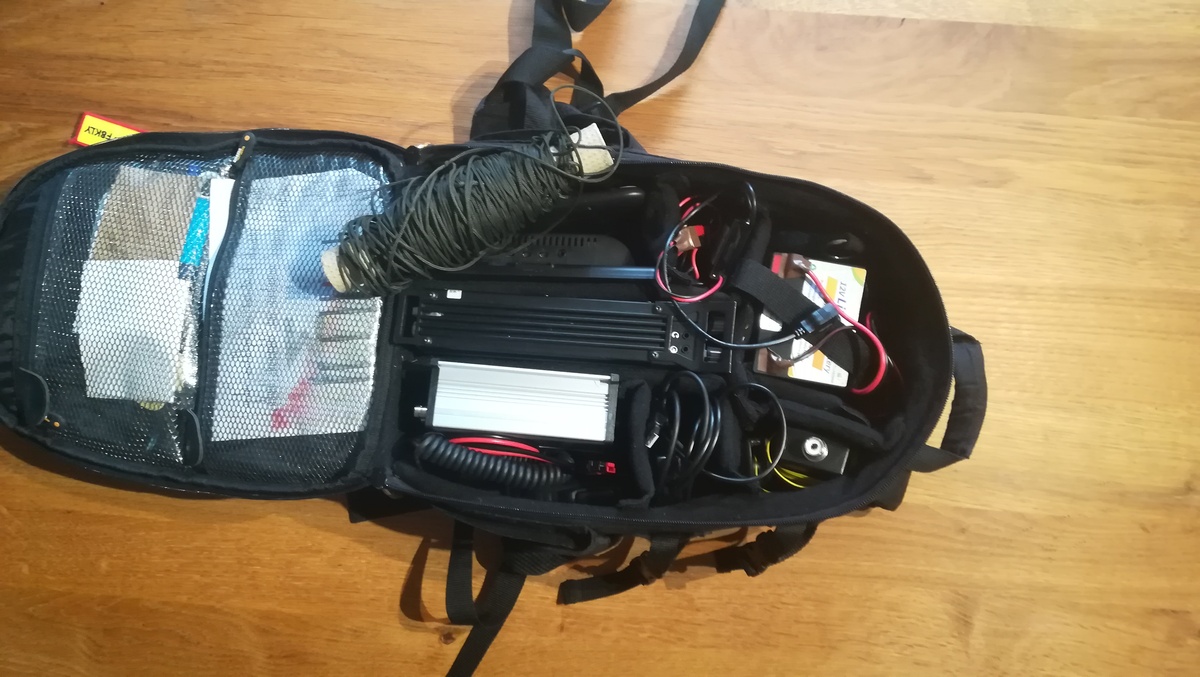
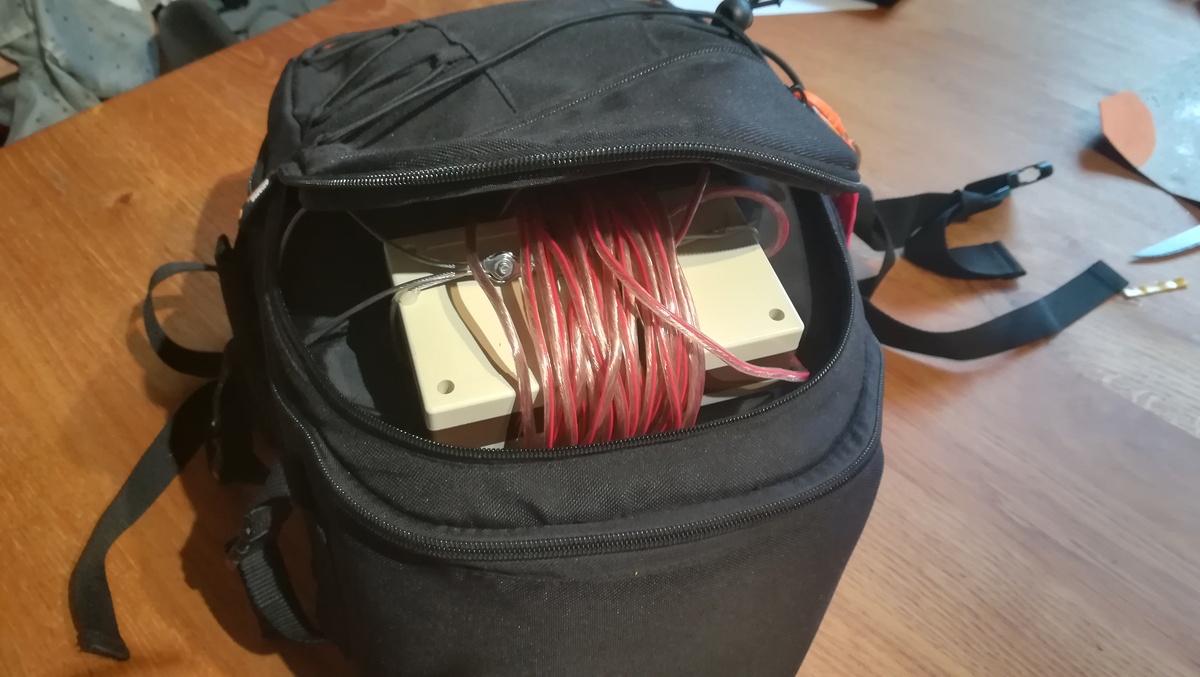
First, I require some ropes and throw-bags to hang antennas.
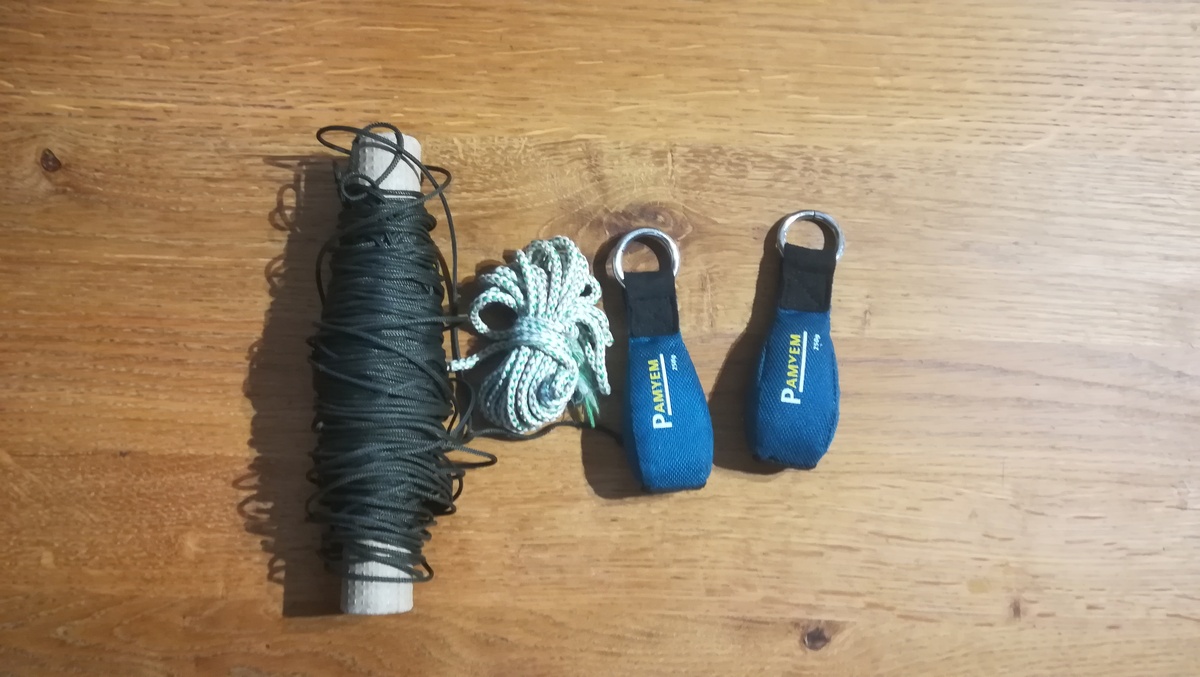
It is very easy to reach a branch at 6 or 7 meters and then raise the antenna wire. Actually, I have two EFHW antennas. One for 40m, 20m and 10m and one for 17m and 12m… I often test antennas, so, these are not representative, next month, it should be a different setup.
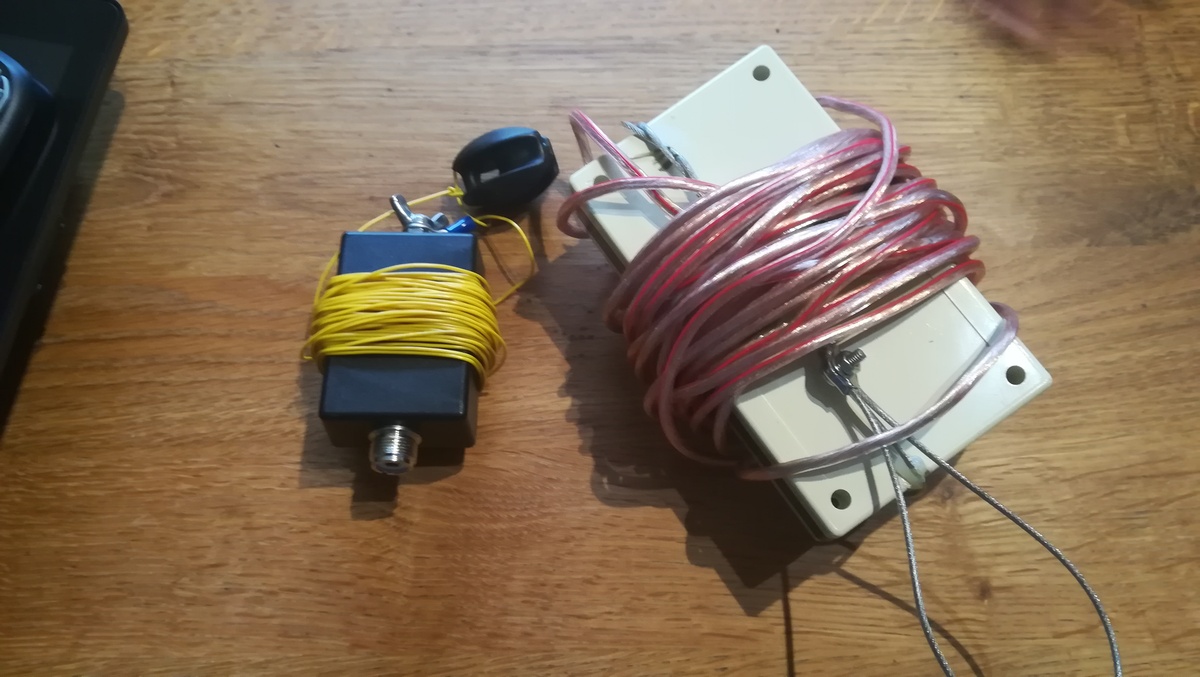
Some coaxial cables are necessary !
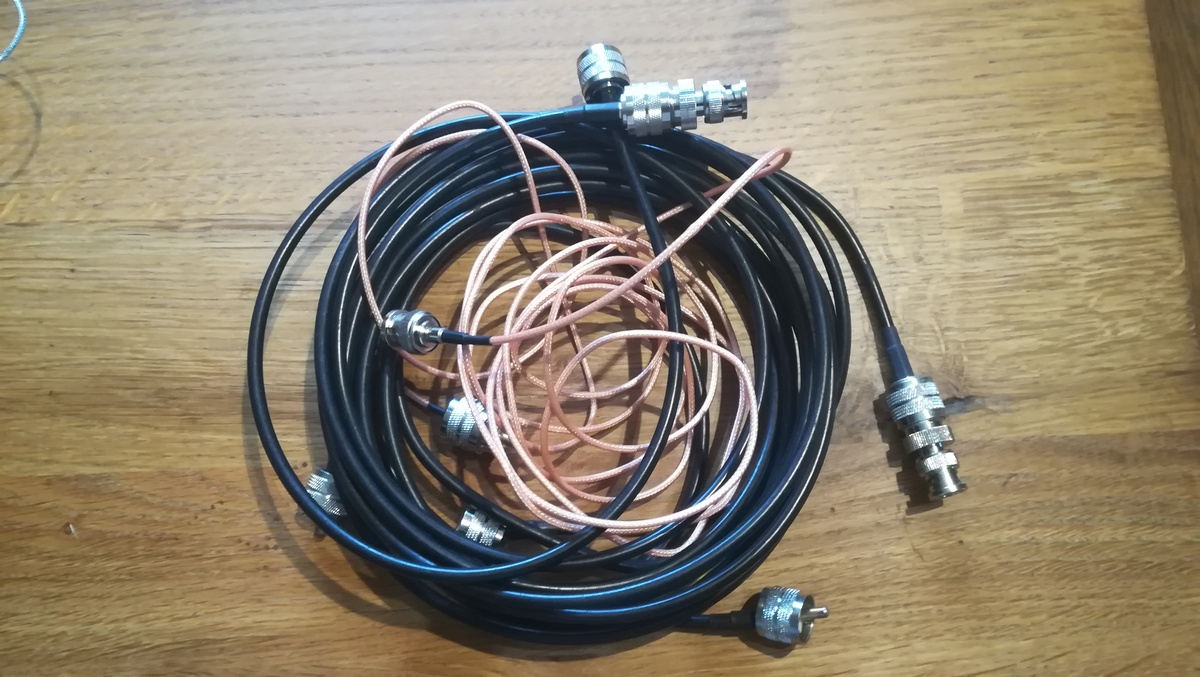
At this time, I use a Xiegu G90. This transceiver works on all HF bands and outs 20 watts. It’s comfortable when you are outside. Other advantage of this rig, it has an embedded ATU.
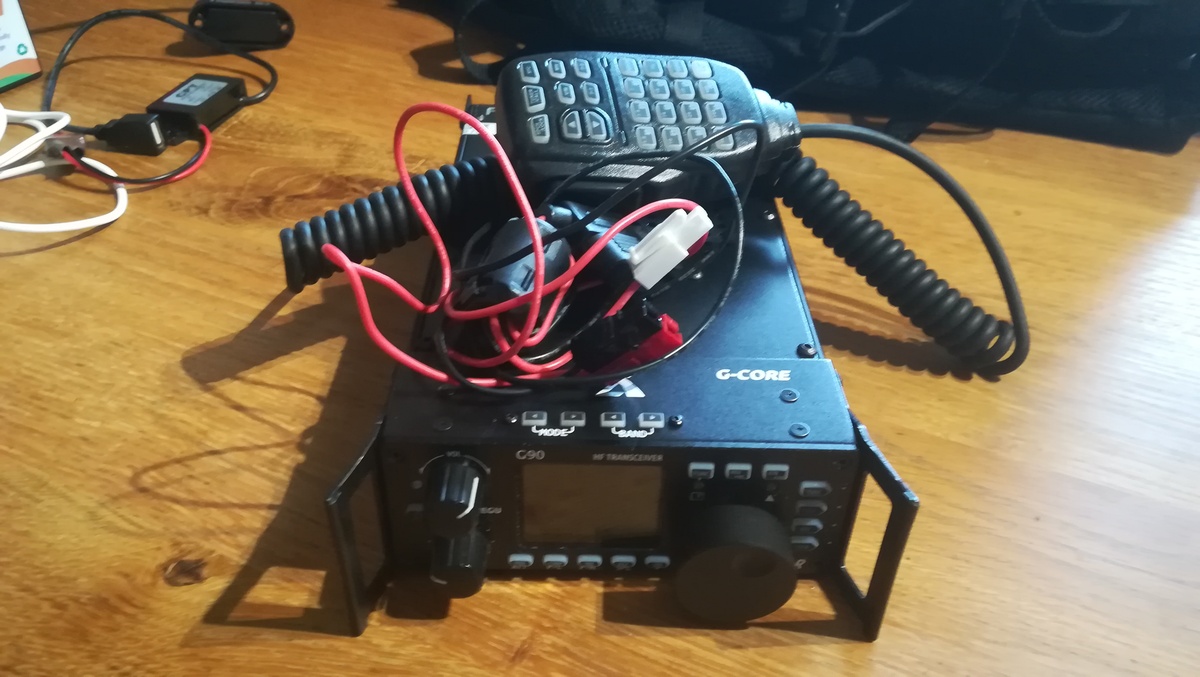
For the 2m band, I use a transverter. This device is connected between the HF transceiver and the antenna. It converts 28 MHz from the rig to 144 MHz and, vice-versa, the 2m signal received from the antenna to 28 MHz. It increases/decreases the frequency with 116 MHz. So, 29.500 MHz FM on the G90 corresponds to 145.500 MHz FM in the air. The G90 support FM and split mode, so I can also use repeaters. And 28.174 MHz USB reaches 144.174 MHz USB (freq for FT8 on 2m band). Input of 5 to 10 watts outs about 15 watts to the antenna.
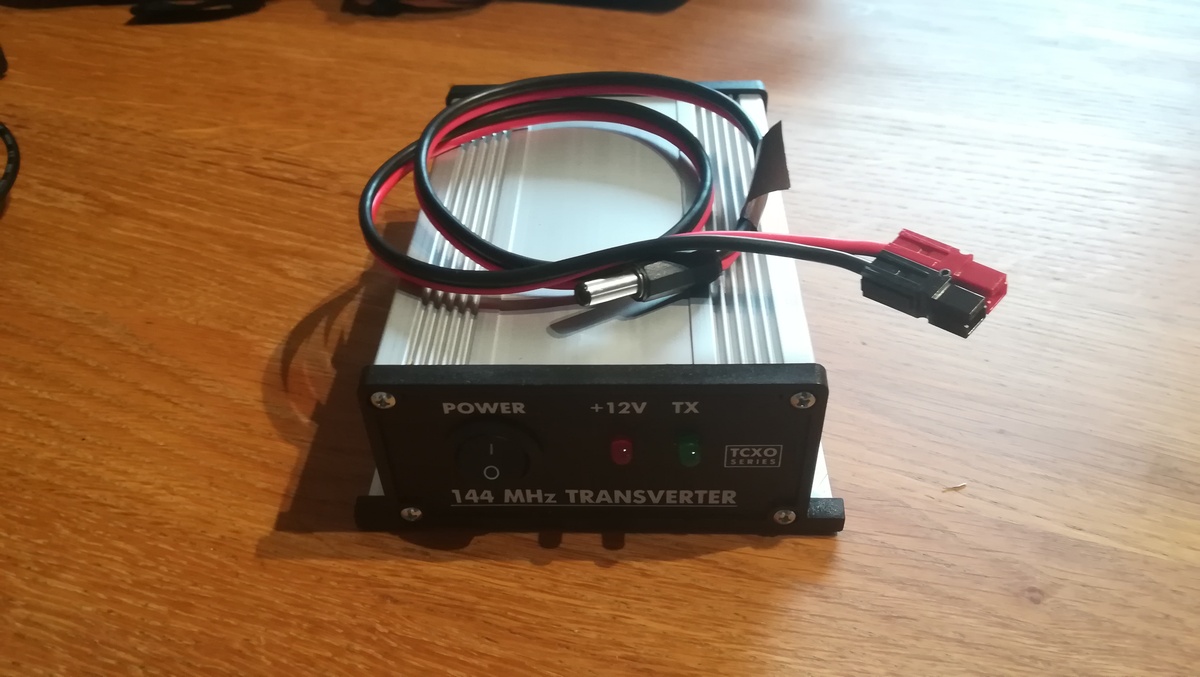
This unit is build by UT5JCW in Ukraine… it is not possible to get one at the moment.
For digimode, a raspberry pi 4 and its 7" screen does the job. A Rii Mini i4 keyboard is connected via Bluetooth (or with the supplied 2.4 GHz USB dongle, if HF interferes)
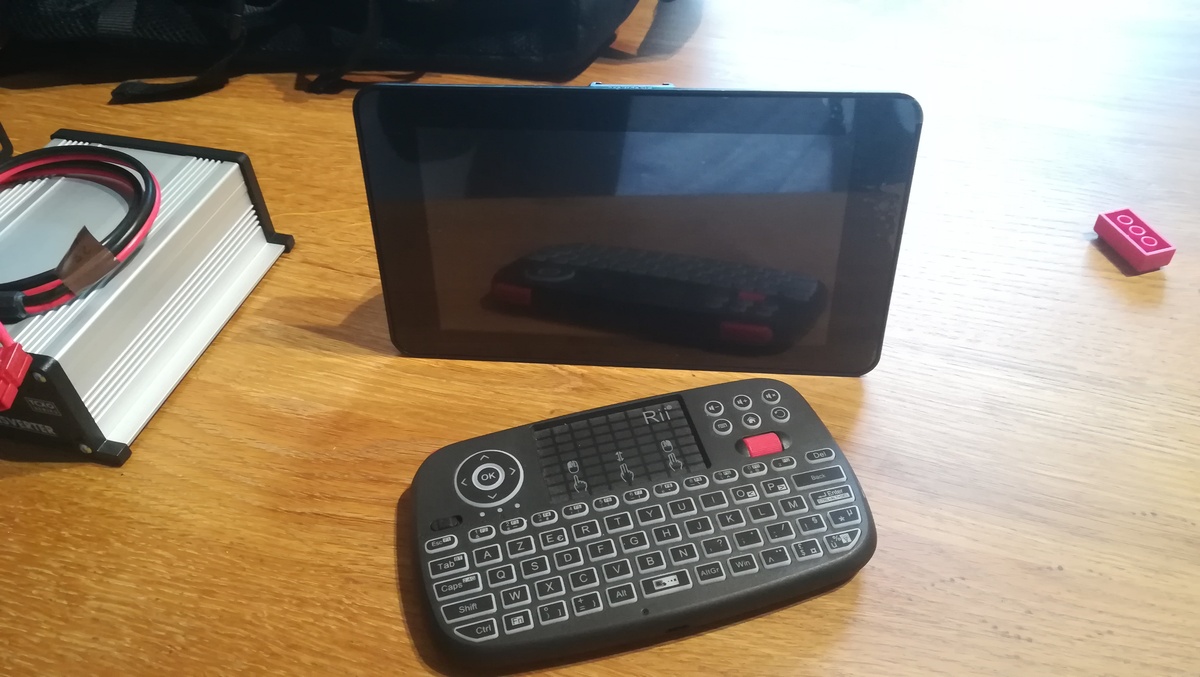
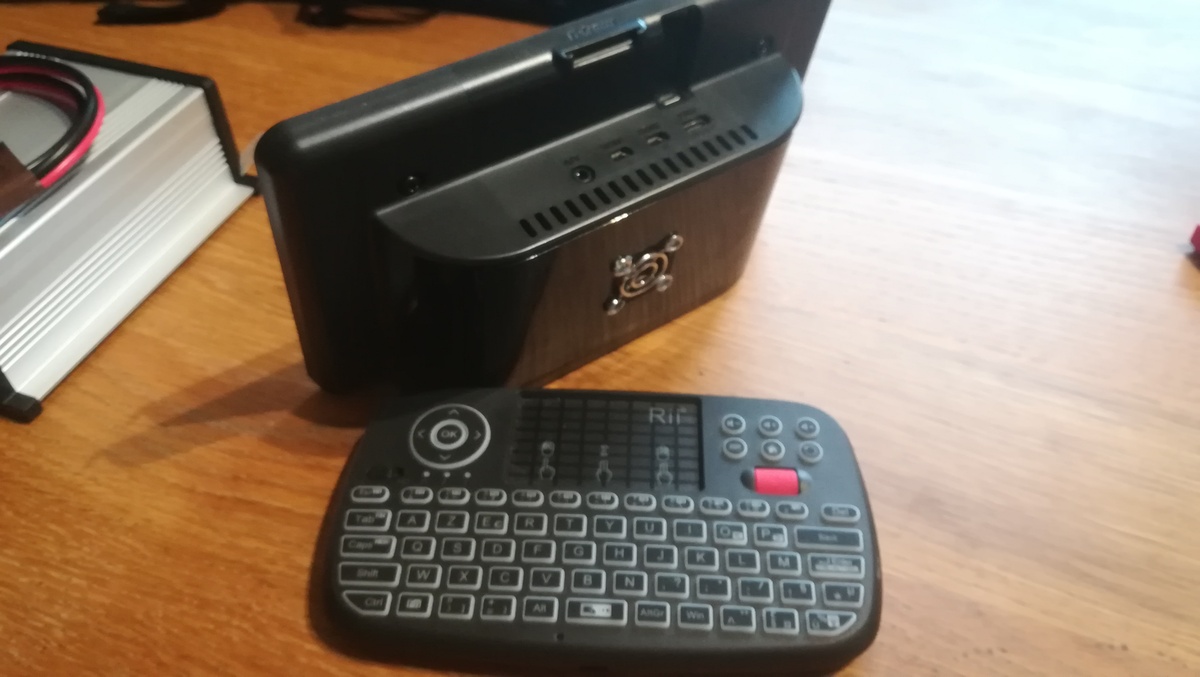
To connect it to the G90, I’ve opted for an all-in-one device from XGG Comms providing a sound card and the CAT control, with a unique USB plug.
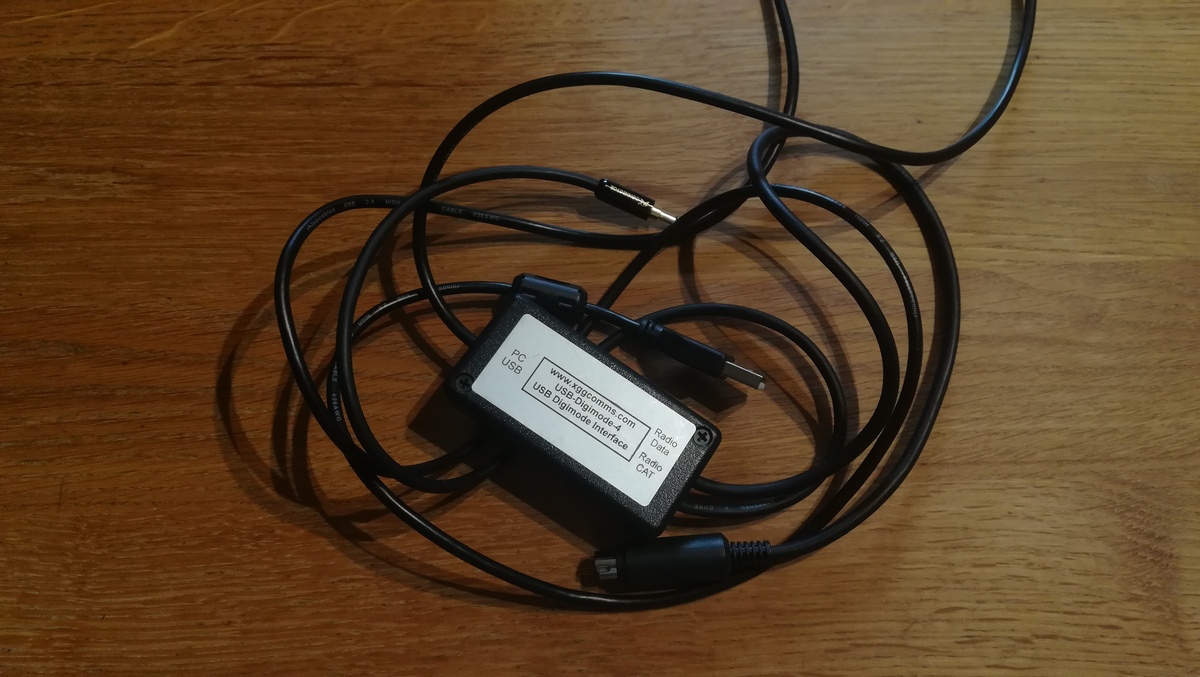
And for CW, a specific cable from USB to a CW jack. flrig CW Keyer is able to pilot it with RTS or DTR key line. It becomes easy to transmit Morse code with the keyboard (not the orthodox way !)
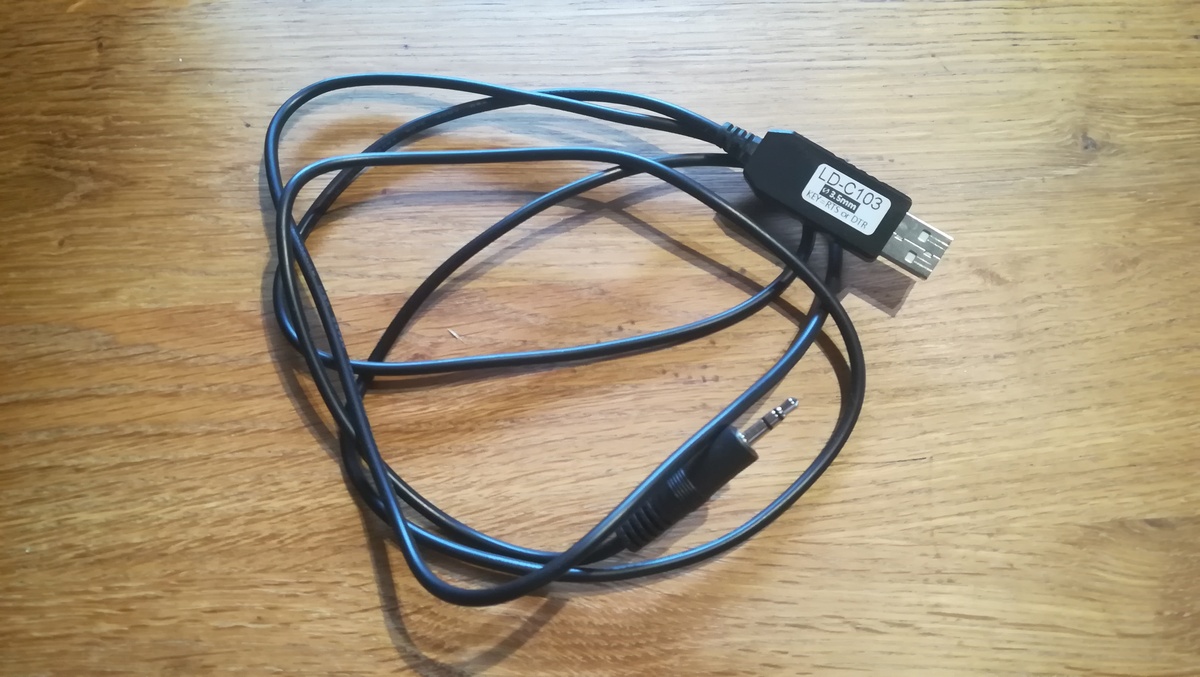
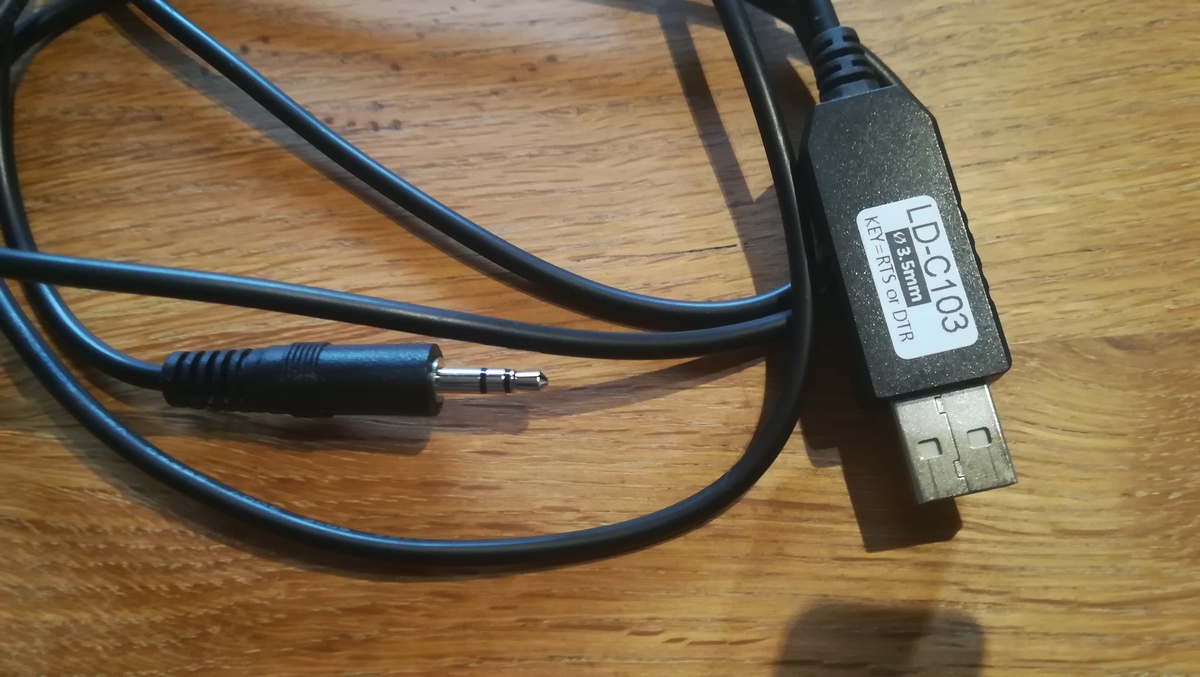
To power all this stuff, every device has a Power Pole connector, plugged on a power hub to a LiFePO4 battery
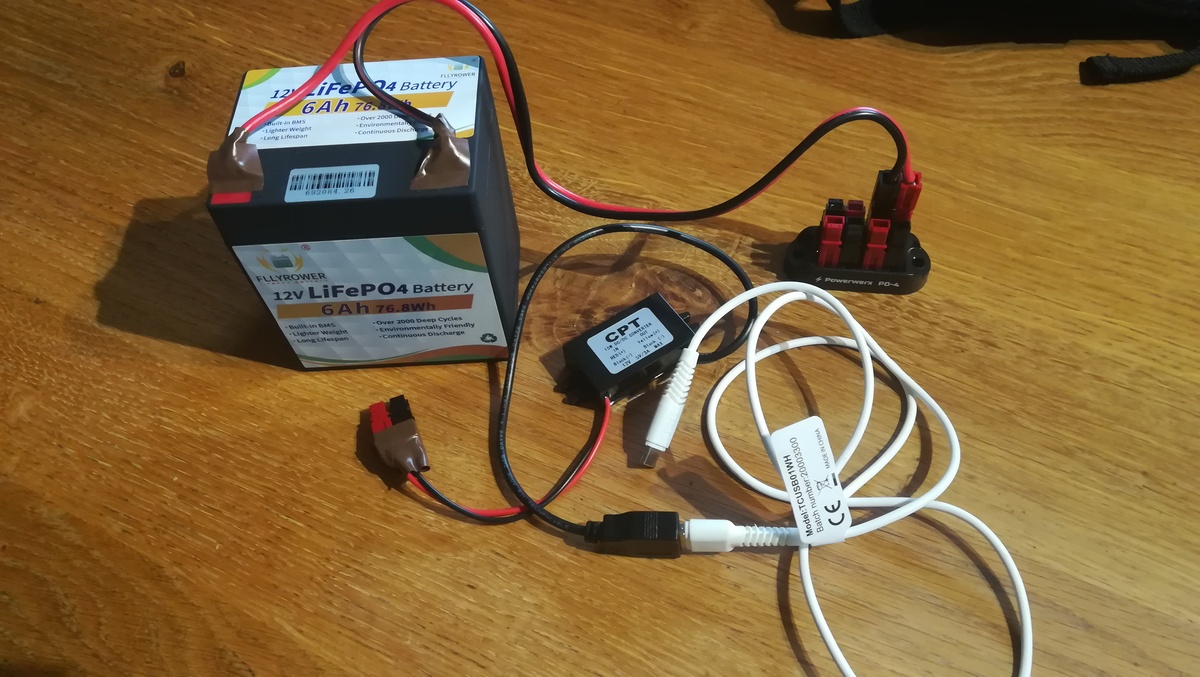
A 12V DC to 5V USB converter is necessary for the Raspberry Pi
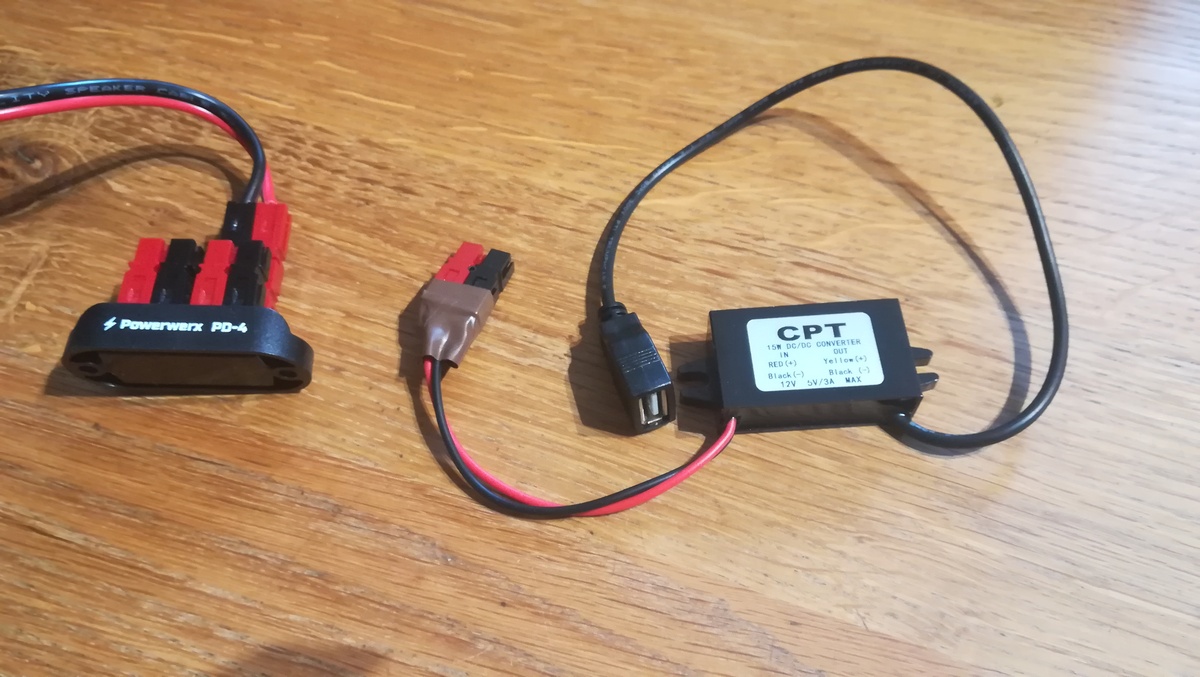
Finally, a notepad, a bands plan (thanks F4EED) and some tools complete the backpack.
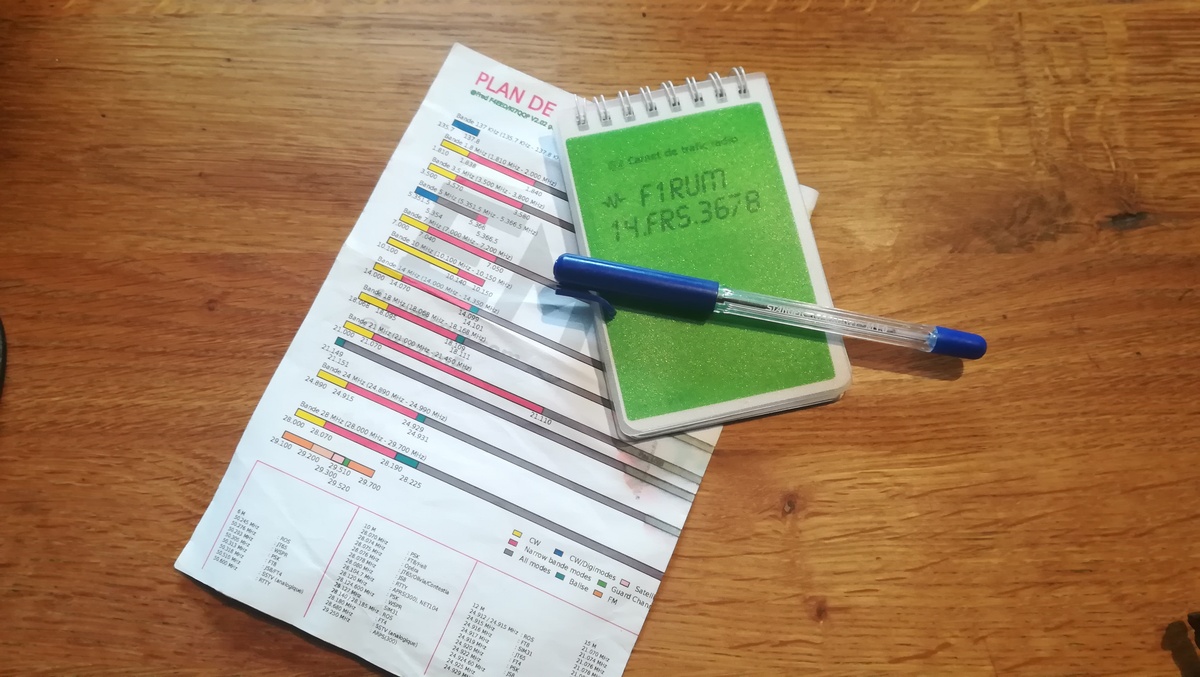

And you, what do you put in your backpack ?